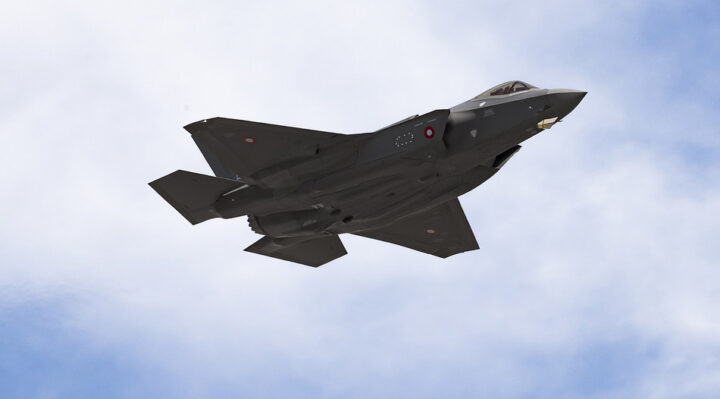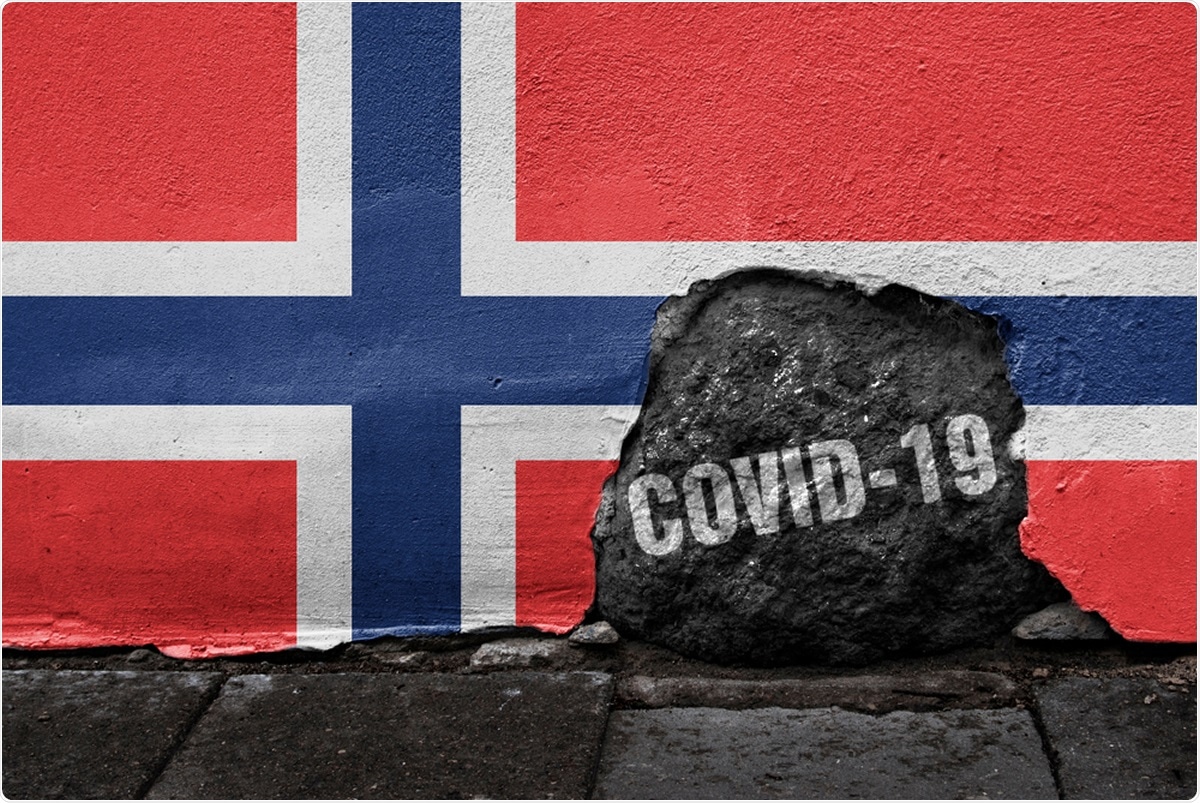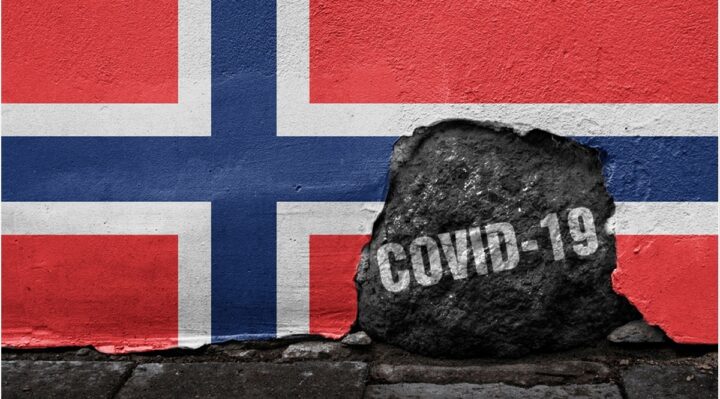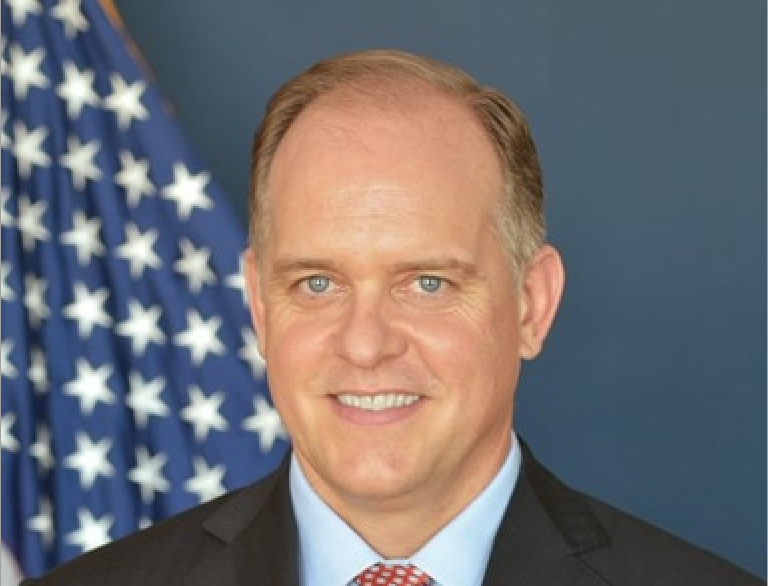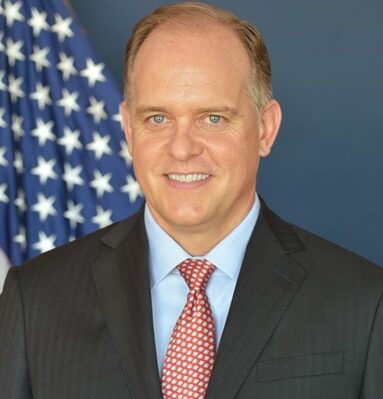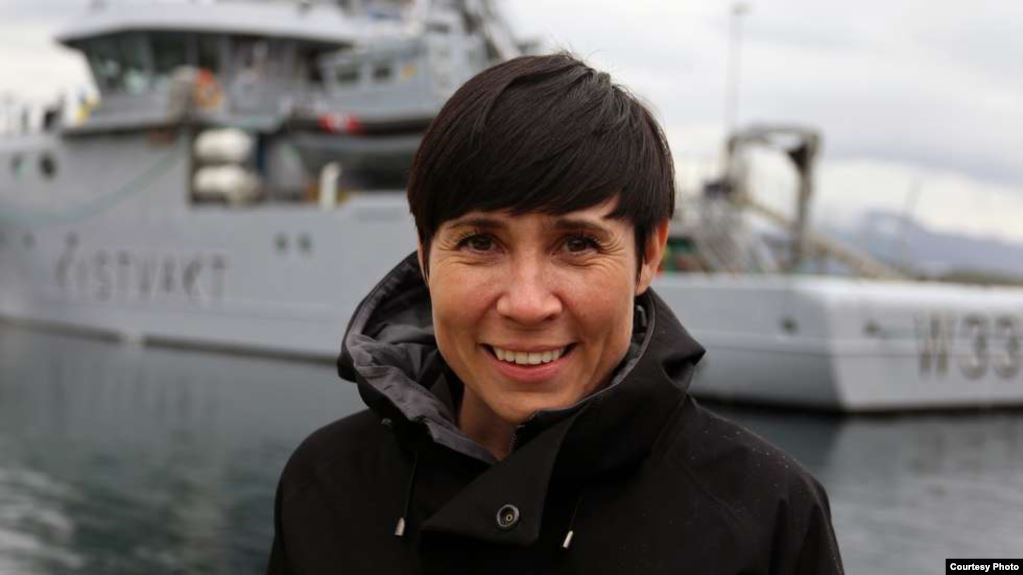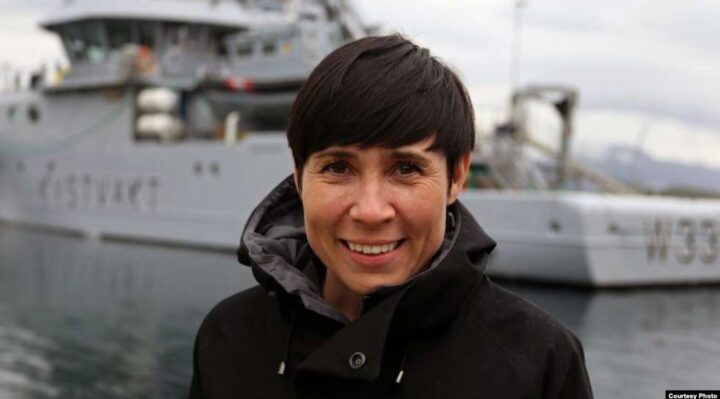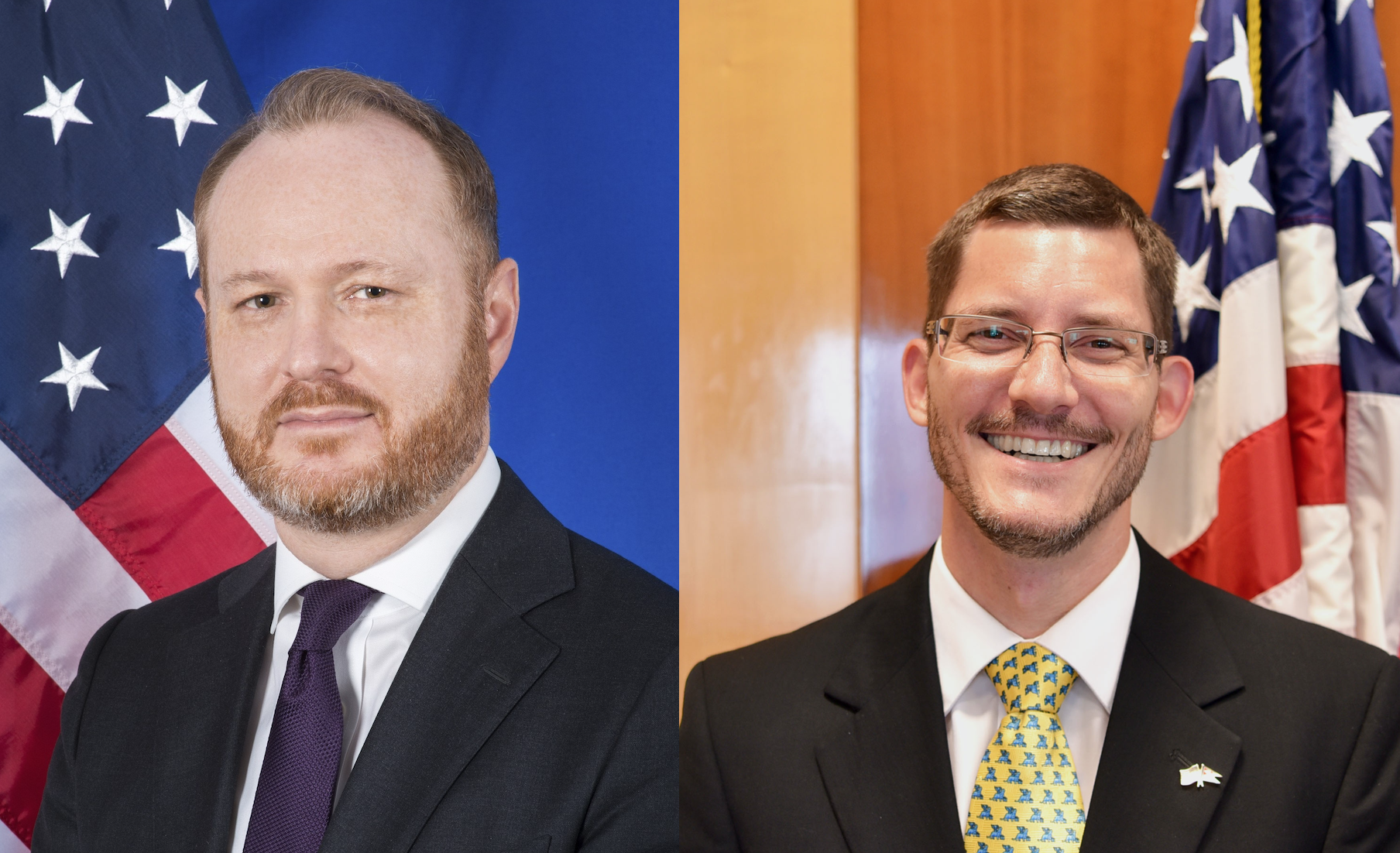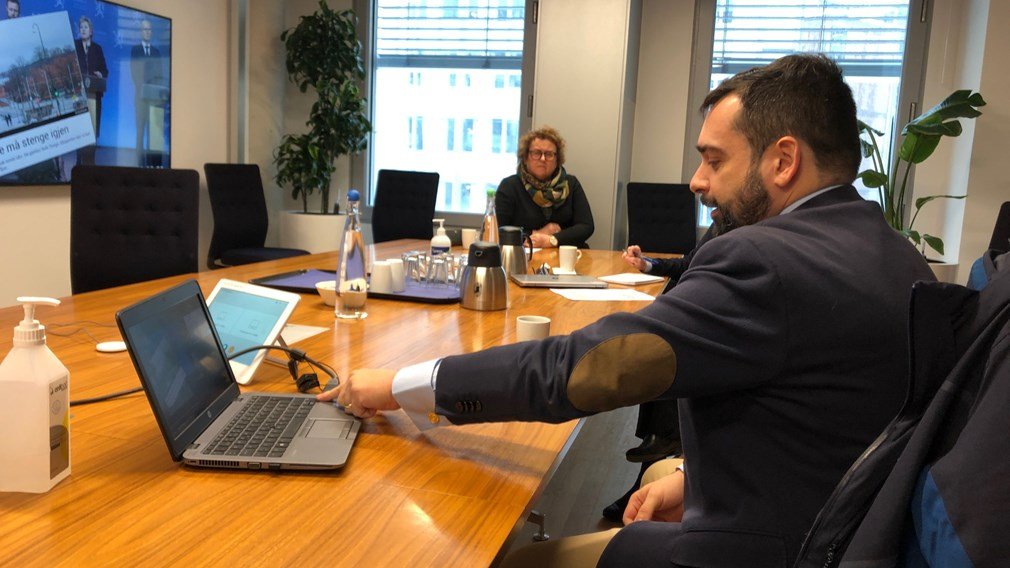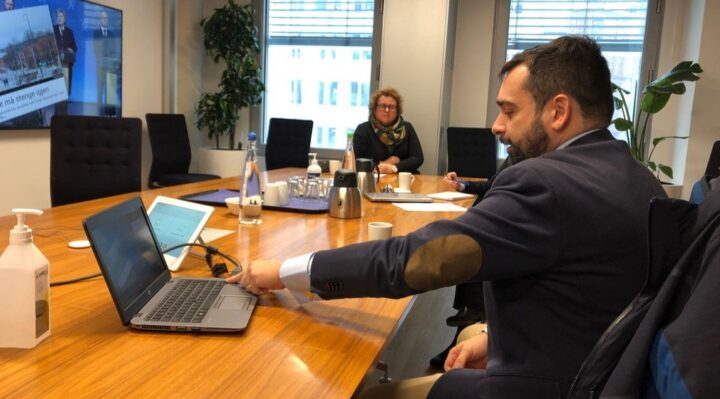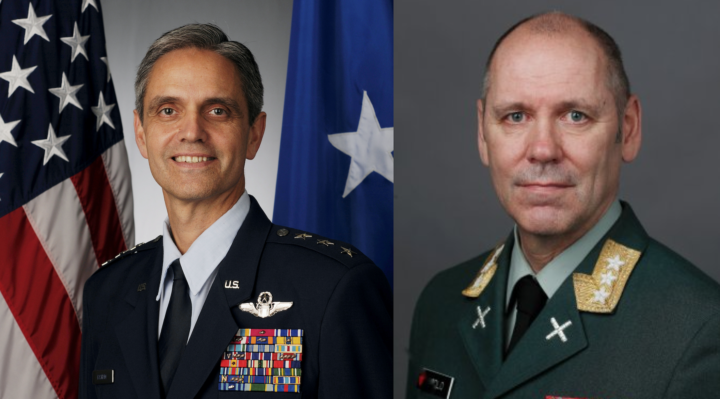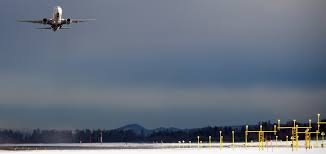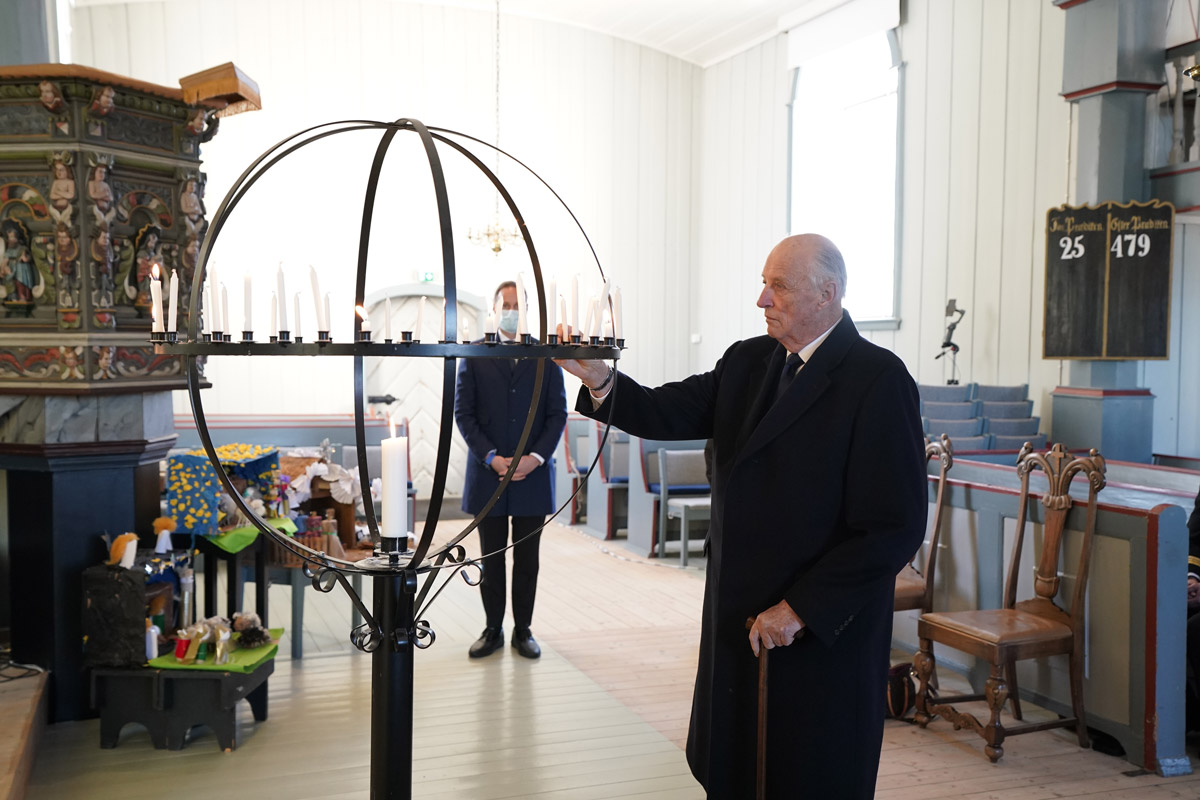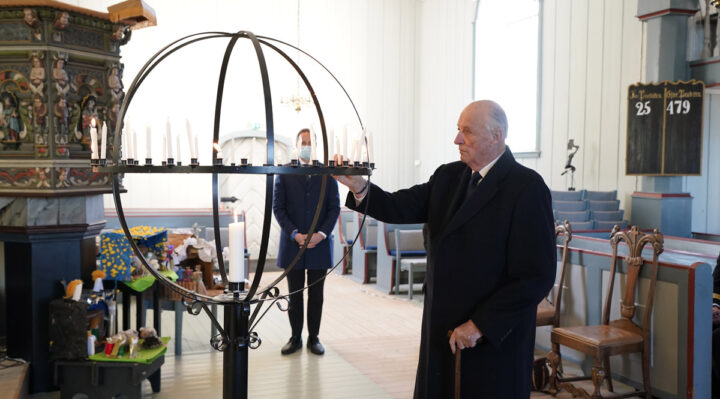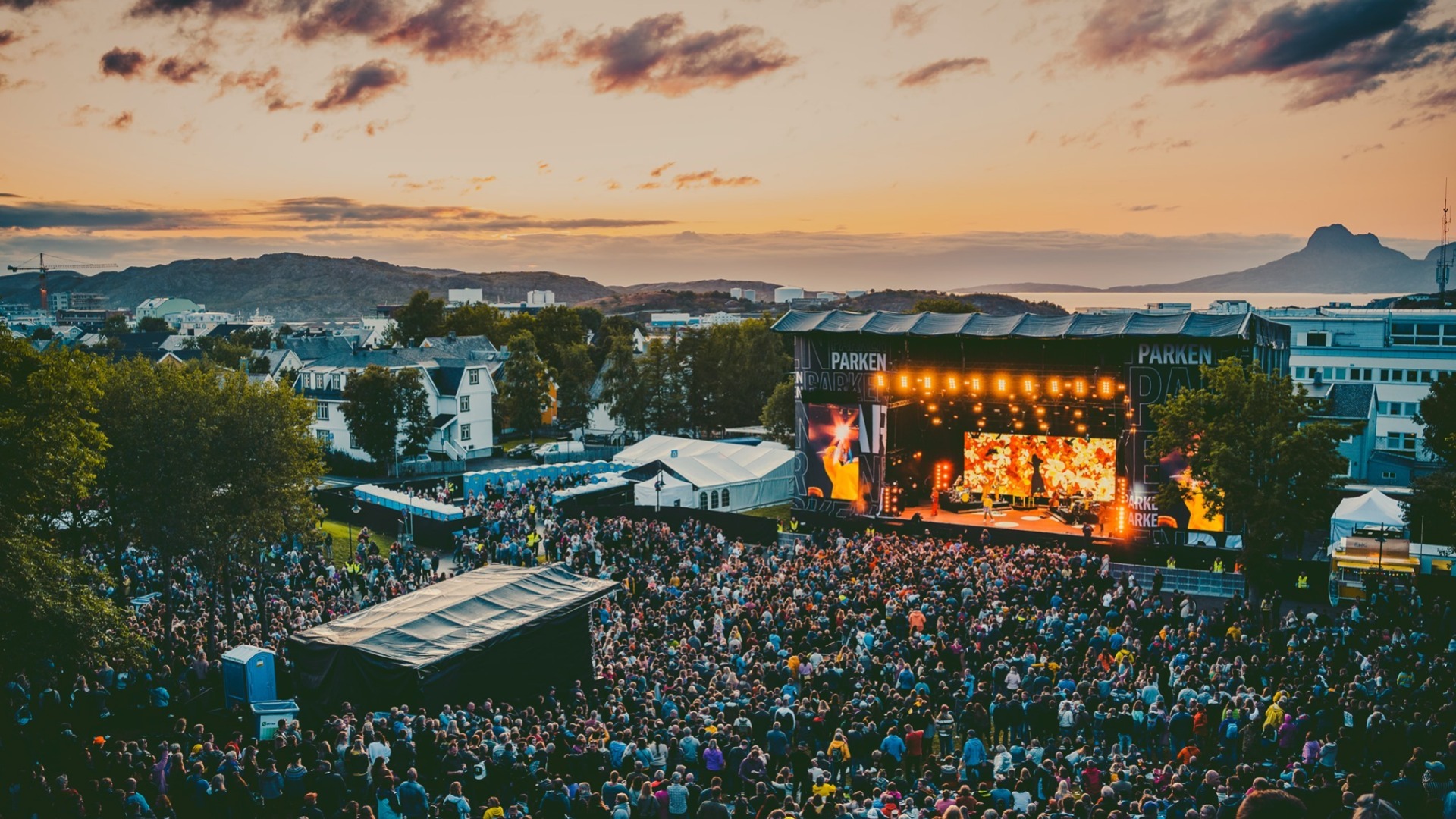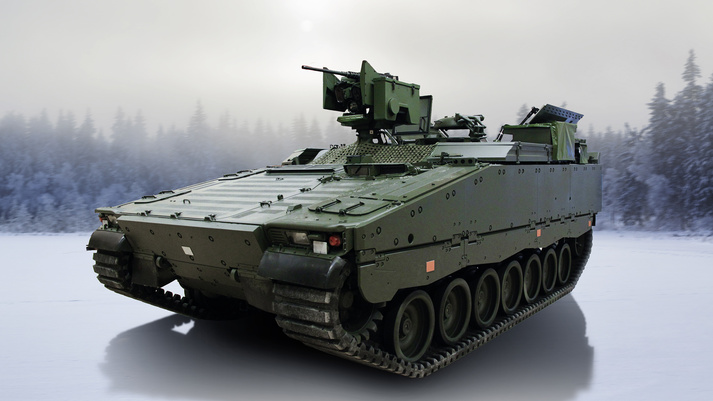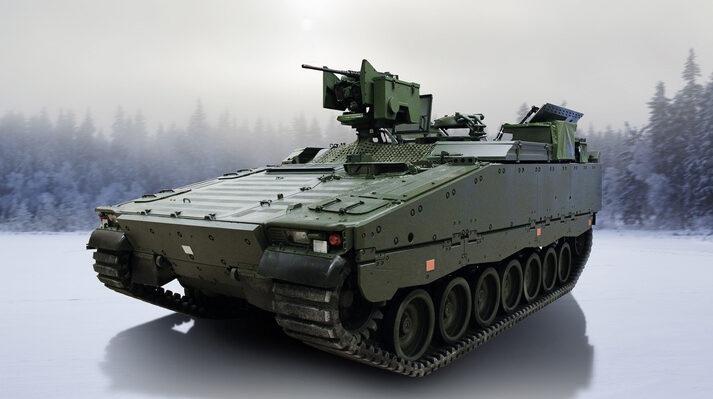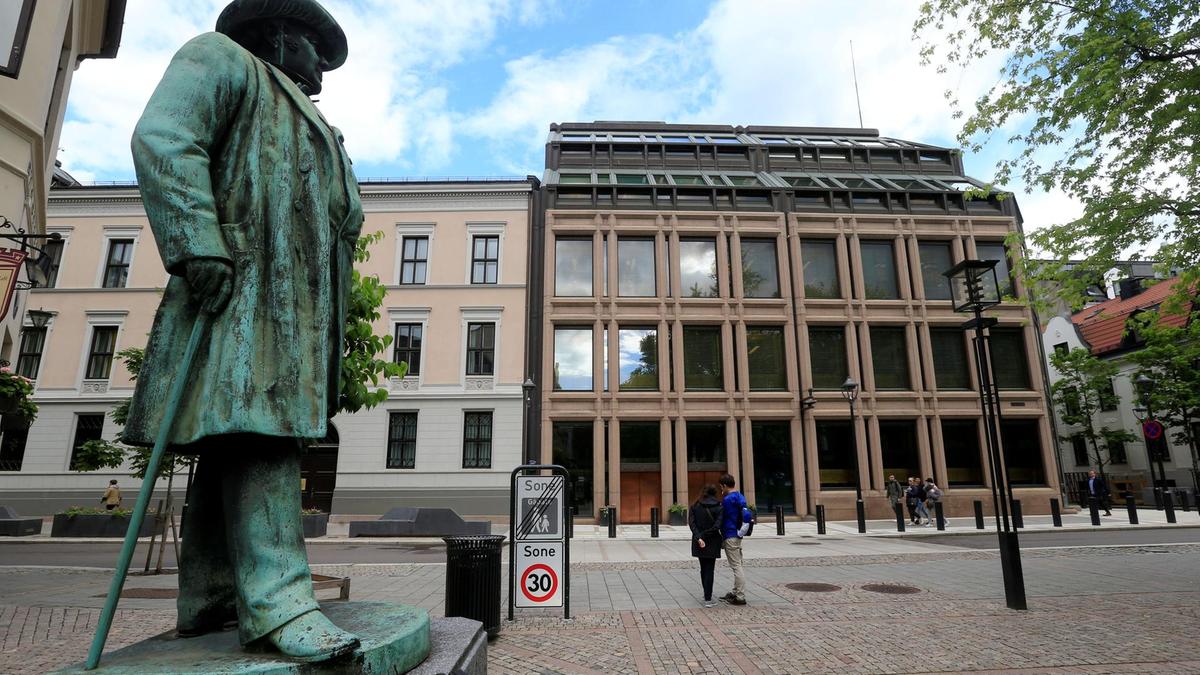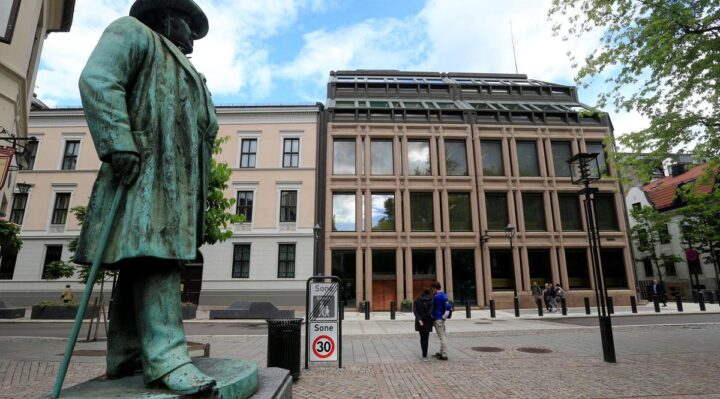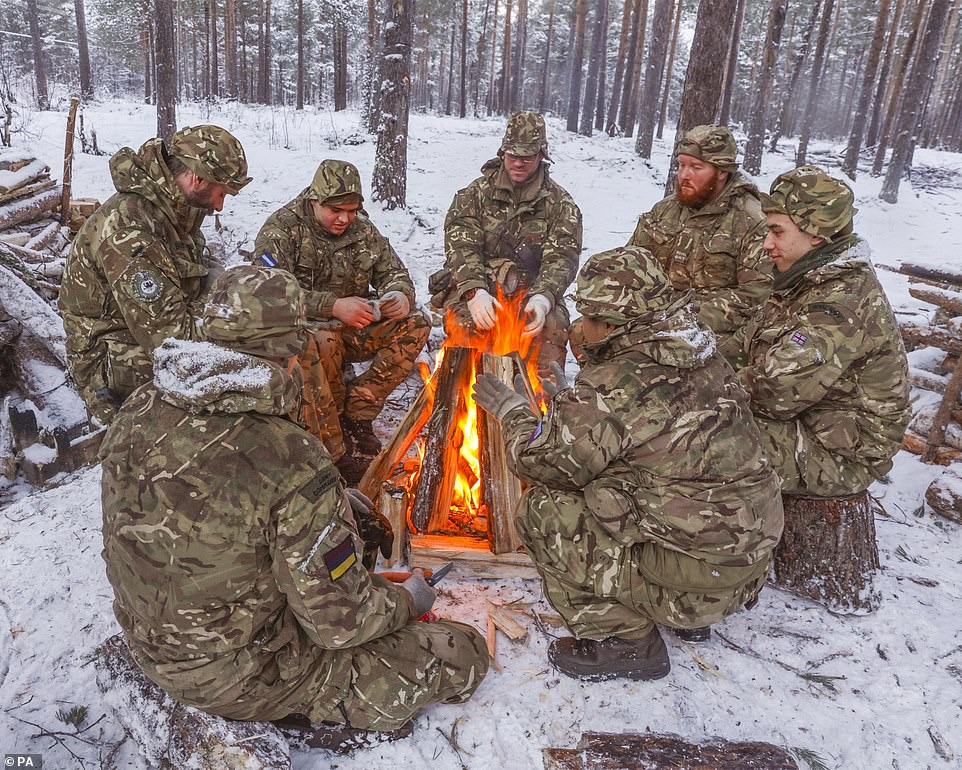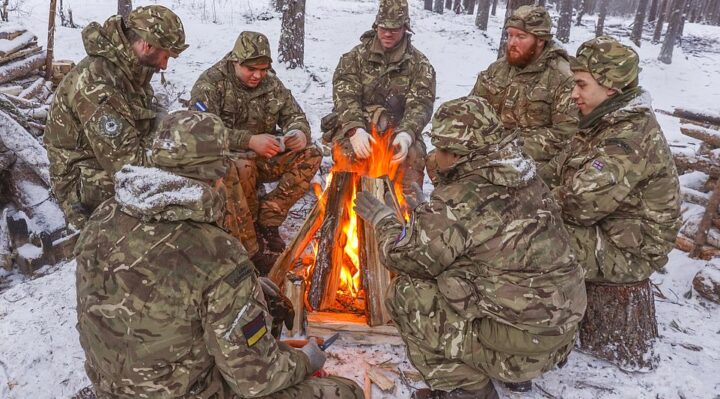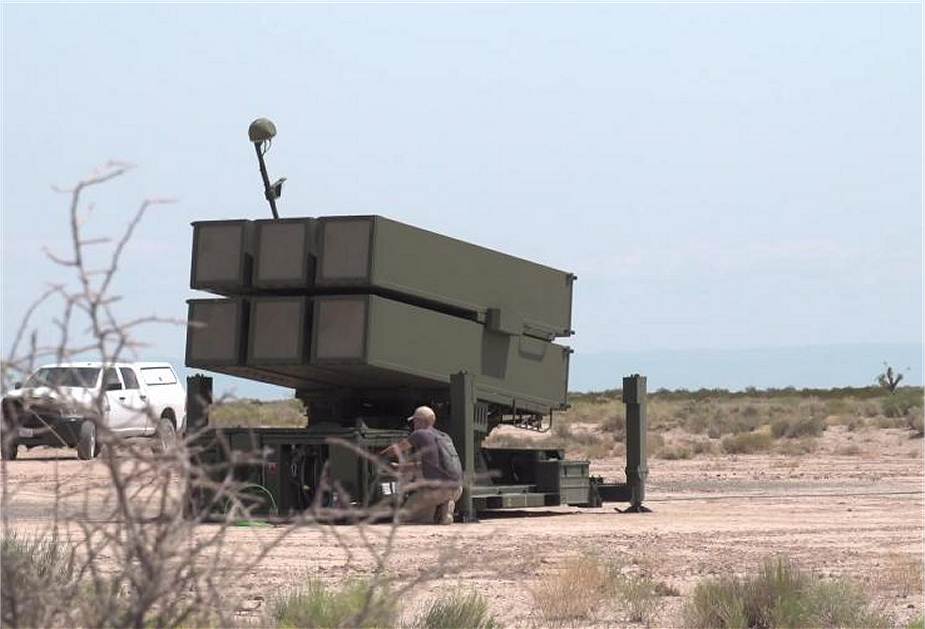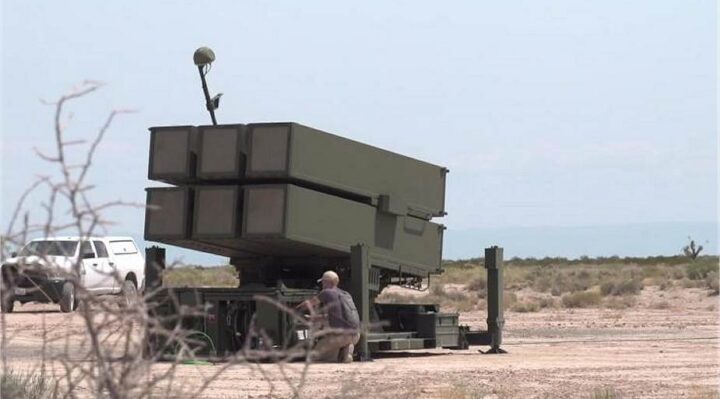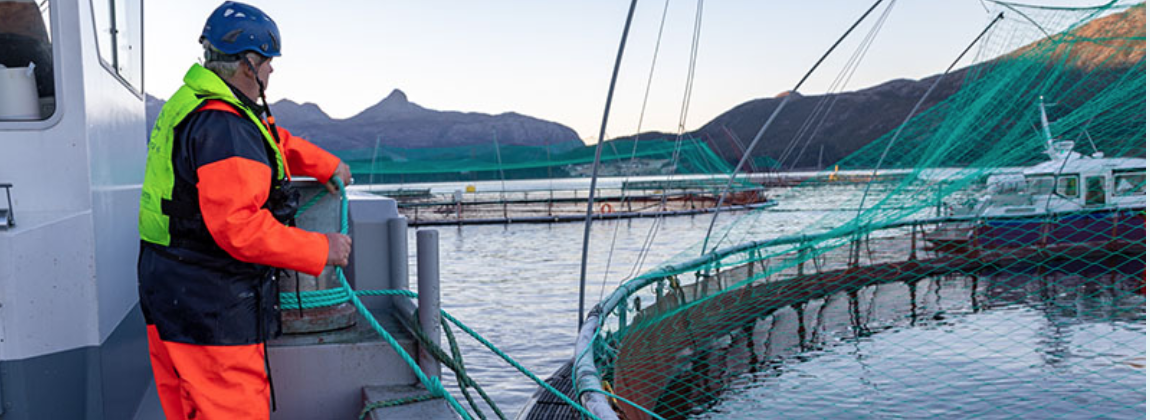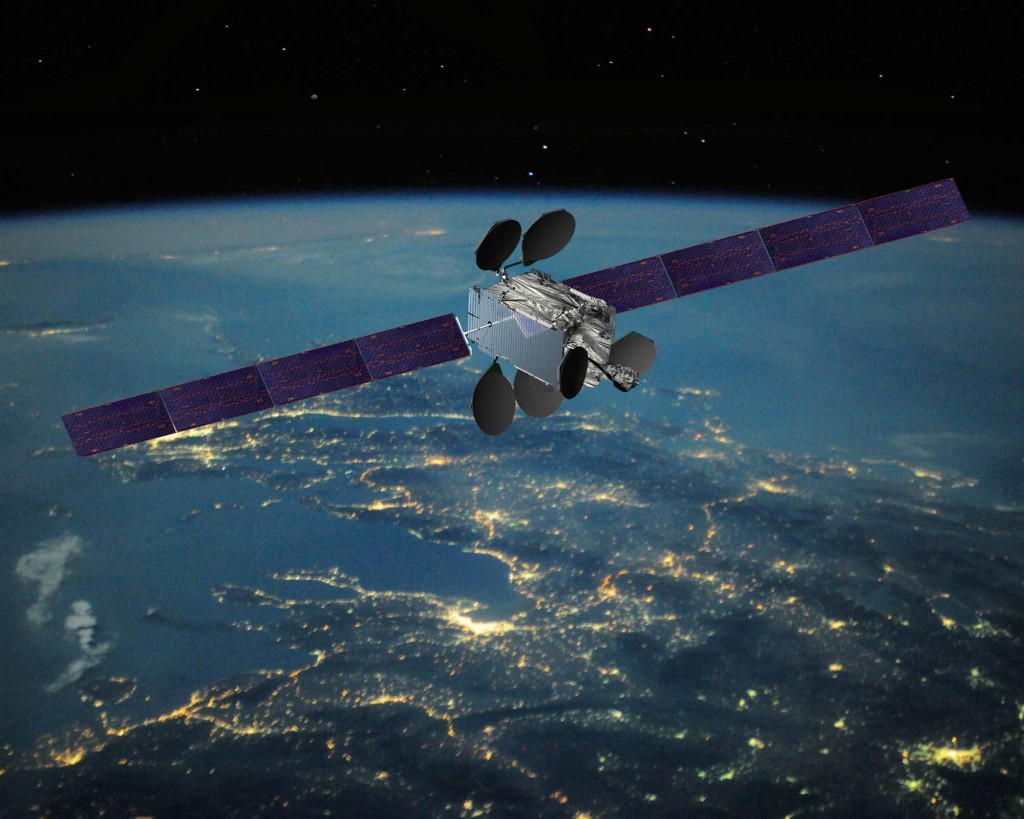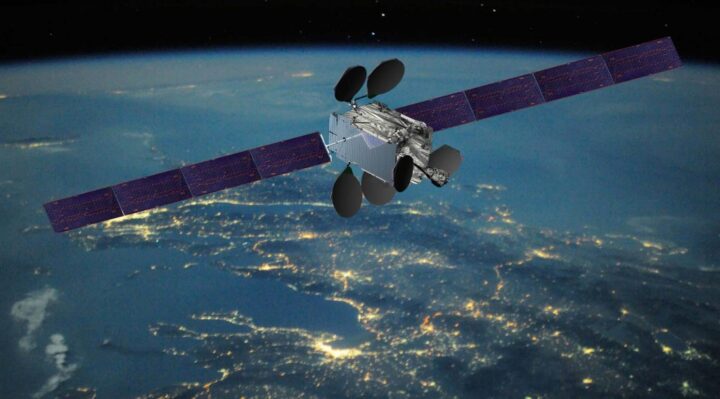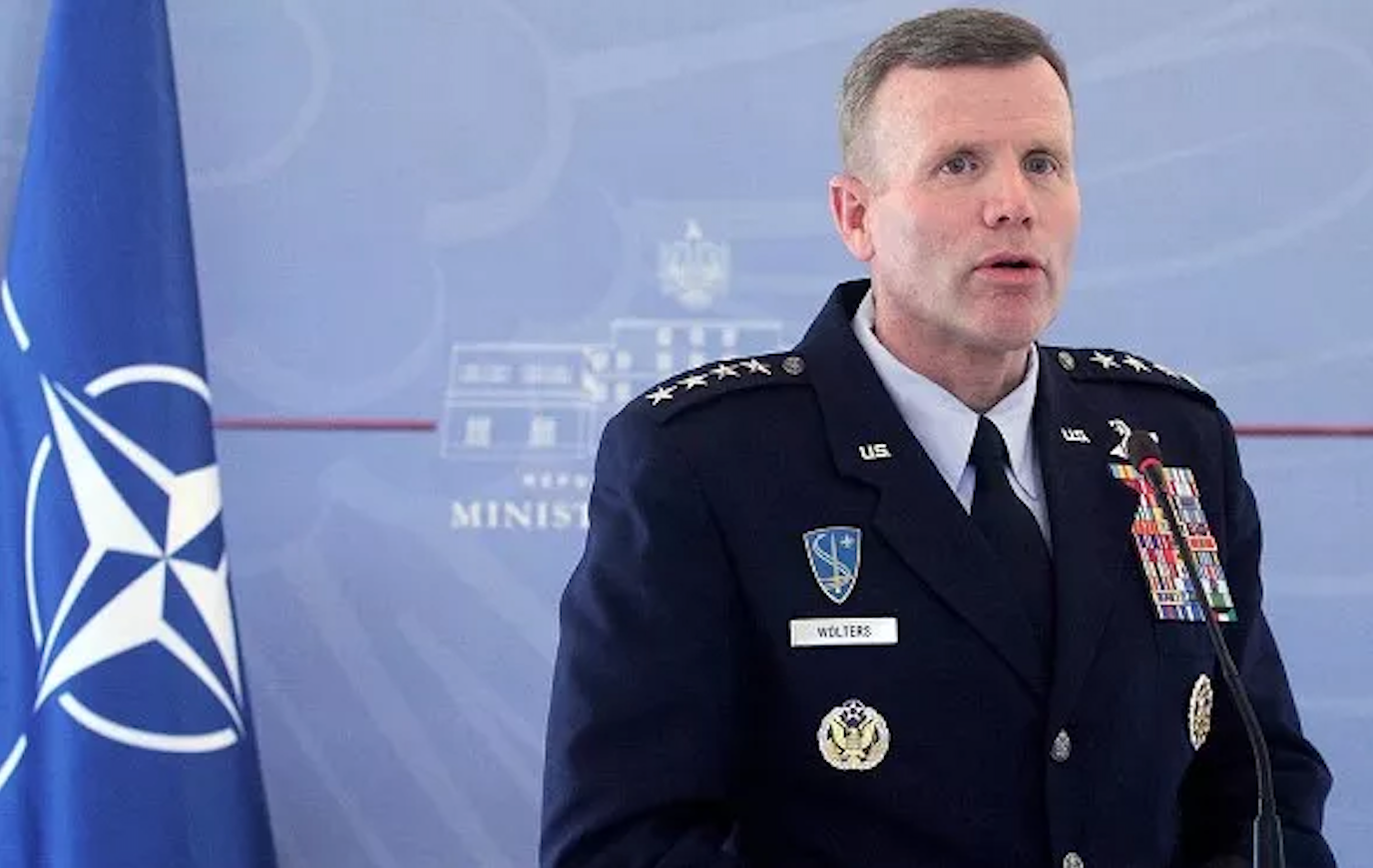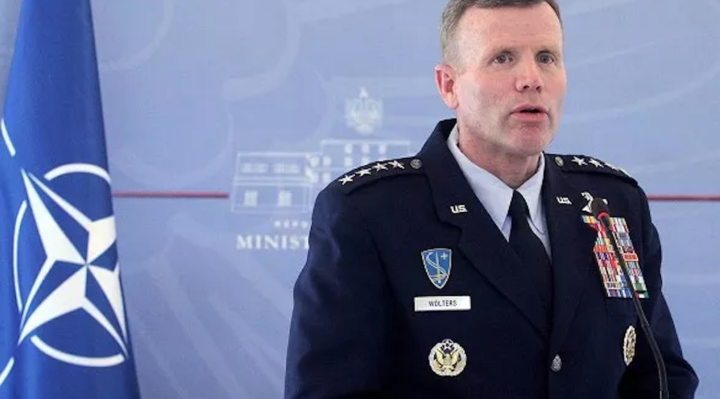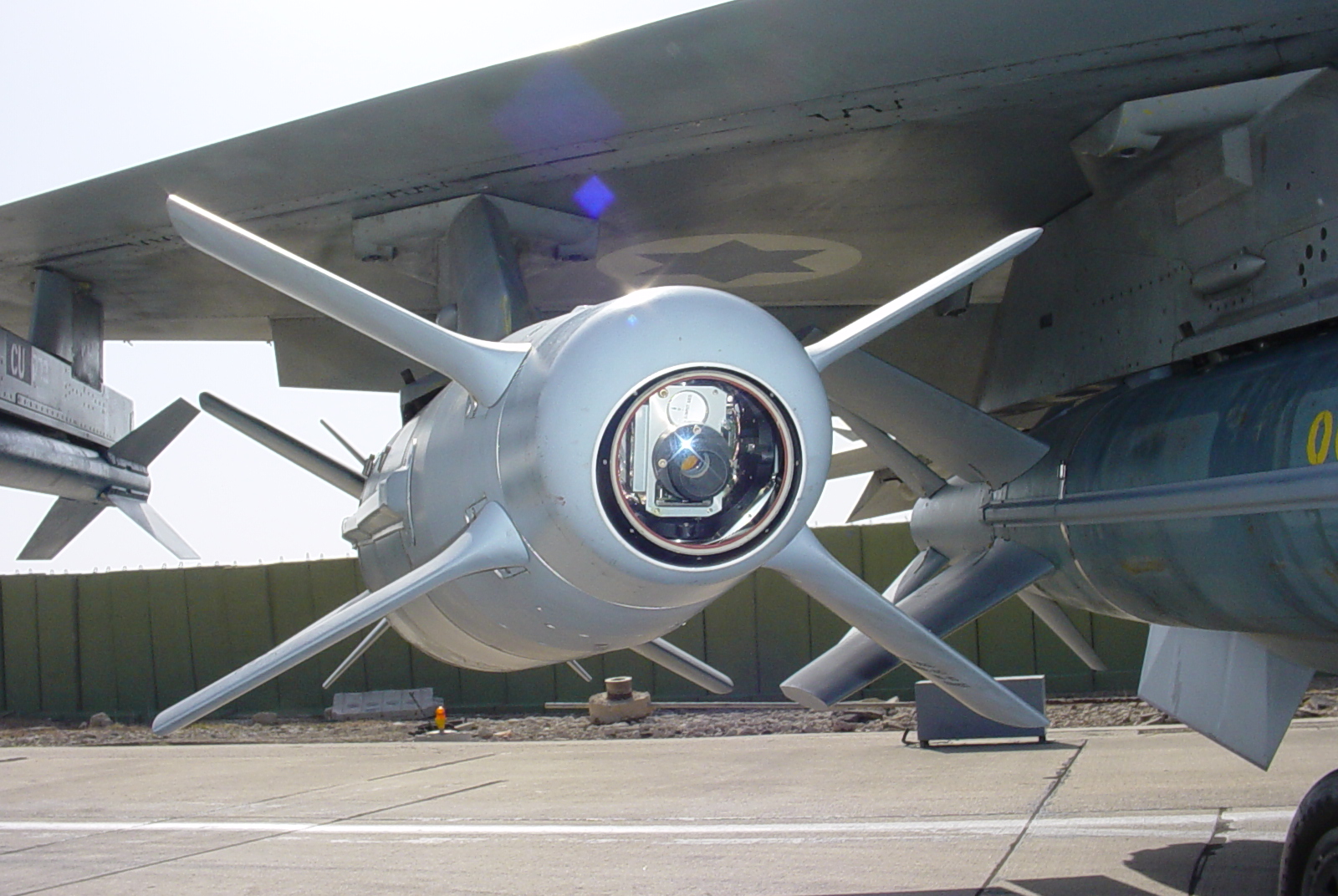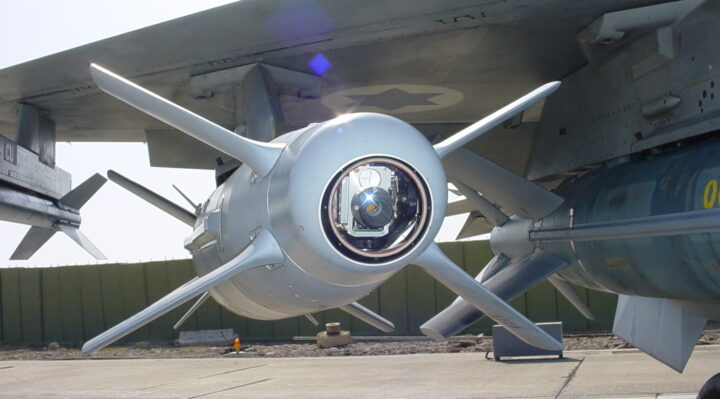Boeing is preparing to commence final assembly of the Royal Norwegian Air Force’s (RNoAF’s) first P-8A Poseidon maritime patrol aircraft.
The US manufacturer announced on April 12 that the fuselage for the first RNoAF P-8A – line number 8796 – had arrived at the Boeing facilities in Renton, Washington, from Spirit AeroSystems in Wichita, Kansas, on April 9. This marked a major milestone in production of the first of five Poseidons for the RNoAF.
The fuselage of the Royal Norwegian Air Force’s first P-8A Poseidon after being moved on April 9 from a rail car through to the first step of the assembly process, the Fuselage Systems Installation tool, in Renton, Washington.

As with all Poseidons, initial assembly will take place on Boeing Commercial Airplanes’ 737 production line, where the fuselage receives additional wiring and systems needed to support military components, equipment and operation. The aircraft is then delivered to Boeing’s Defense, Space & Security unit for the installation of military systems, testing and delivery to its military customer.
Boeing was awarded a production contract for the five RNoAF aircraft on January 25, 2019. Norway is expected to receive its first Poseidon later this year. The five P-8As will eventually replace the RNoAF’s current fleet of six P-3C/N Orions and three Dassault Falcon 20ECMs and will provide advanced capabilities to maintain situational awareness in neighbouring waters on and below the surface of the ocean.
To date, Boeing has delivered 104 P-8 aircraft to the US Navy and customers in Australia, India and the United Kingdom.







